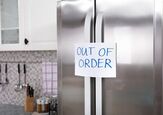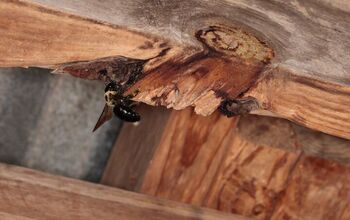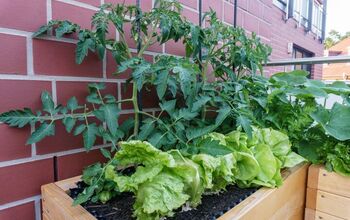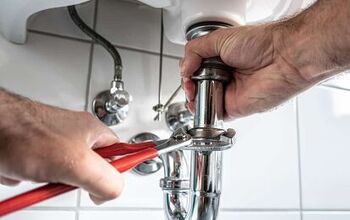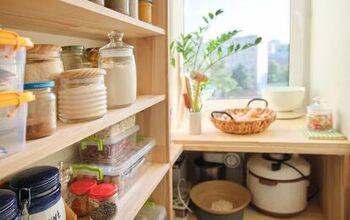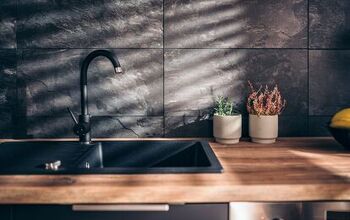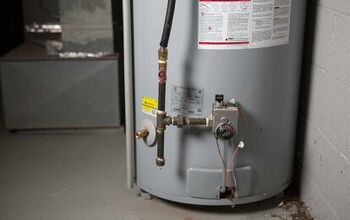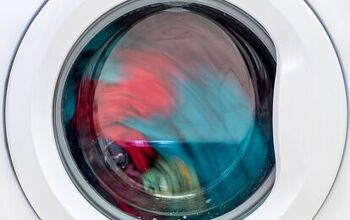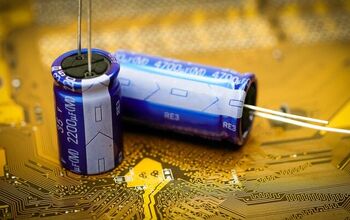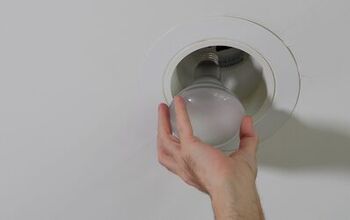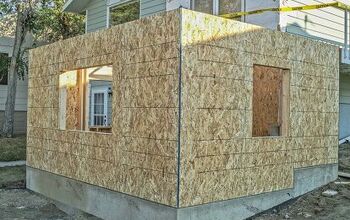Why Won’t My Soil Absorb Water?

A garden is only as good as the soil you use, which some homeowners underestimate. Water absorption and retention are everything in a garden. So, why won’t my soil absorb water, and how can I fix it?
Your soil won’t absorb water if it’s compacted, and you must aerate it to fix the problem. Poor absorption can also occur if your soil is full of sandy particles and dry peat, which repels water. Hydrate your peat with warm water, and nourish your soil with mulch and manure to boost absorption.
Your plants will quickly become dry if your soil doesn’t absorb water. This can ultimately kill your plants and make your garden look bad. Follow along as we explore why your soil won’t absorb water and highlight solutions.
What Causes Soil To Not Absorb Water?
1. Waxy Compounds
Hydrophobic soil often contains waxy compounds that repel water. Soil typically contains waxy compounds, but if there’s too much, it will repel water. Once this happens, your soil won’t absorb water and it’s bad for your plants.
Low-quality potting soils are often too waxy and sandy, even if sandy soil itself is fine. That’s why it’s worth the cost to spend a few extra dollars for nicer potting soil to avoid hydrophobicity. Hydrophobic soil can dry your plants’ roots out and cause them to die.
Excessive wax coats the soil to the point that water cannot break the surface. Not only does this waste water, but it’s also a waste of soil. Look for loamy or sandy soil that isn’t too waxy to avoid this problem.
2. Dry Peat
Peat is great for soil and can help ensure healthy water retention. It especially benefits plants that thrive in acidic soil and have specific pH needs. However, peat can dry out if you’re not careful, and it may stop water from soaking into your soil.
That’s because peat is made of plant matter, such as sphagnum moss, which can harden when dry. Soil peat can repel water once this happens. That’s why you must keep the peat in your soil slightly damp most of the time.
This will prevent the peat from drying out and repelling water. In some cases, you can treat the dry peat soil with warm water to soften and rehydrate the surface. The best way to do this is to put the peat in a container, fill it with warm water, and let it sit until the peat softens.
3. Soil Compaction
Soil compaction is the enemy of any proud gardener. Not only does it damage plant roots, but it can also stop your soil from absorbing water. It won’t take long for the roots and plants in your garden to dry out once this happens.
Soil can become compacted for many reasons, such as over-tilling, excessive moisture, and heavy foot traffic. This can also happen if you leave lots of heavy equipment and decorations on the soil. That’s why you may notice hydrophobic soil in areas where you drive cars and lawnmowers.
The more compacted soil is, the less pore space there is, so water won’t go through it. Luckily, you can fix compacted soil if you aerate it, reduce foot traffic, and remove heavy objects.
4. Overwatering
Soil can only absorb so much water at once before it gets overloaded and can’t retain more. Overwatering is wasteful, as the soil won’t absorb all the water, and you may wash away healthy nutrients. How much water your soil can absorb at once varies based on the drainage rate.
For example, only 1” to 3” of water can move through most soil per hour. That is a standard drainage rate, but it varies based on the type of soil and what materials it contains. Soil that takes too long to drain can waste lots of water and stop roots from absorbing it.
However, you should never give your soil more water than it can absorb within 1-3 hours. Of course, you can’t help it if it rains heavily. You must pay attention to how much water a plant and soil type can retain to avoid overwatering and damaging it.
5. No Mulch, Manure, Or Compost
Mulch, manure, and compost can all help soil absorb and retain water. Some people mulch their gardens yearly to help their soil retain water. Organic materials can also enrich your soil with nutrients, and going without them is a mistake.
Soil on its own is good for plants, but it doesn’t guarantee healthy absorption. It’s never too late to enrich your garden with manure, compost, or mulch. You can save money if you set up a compost bin and fill it throughout the year.
Keep in mind that mulch and manure don’t offer benefits indefinitely. Ideally, you should apply more mulch and manure every 1 to 2 years to enjoy the benefits.
What Is The Most Absorbent Type Of Soil?
Loam and clay are the most absorbent types of soil. However, loam offers the best of both worlds as it contains clay, sand, and silt. It can enrich your plants with nutrients and retain moisture to strengthen the roots and encourage growth.
Sandy soil is the worst and least absorbent option you can find. It doesn’t retain water well and is somewhat wasteful, which makes it unpopular among gardeners. Your plants can quickly dry out in sandy soil, and that can discourage healthy growth.
Silty soil is also relatively bad, as it is prone to soil erosion. Eroded soil is much less fertile and can cause your plants to grow unevenly, which looks bad. Soil erosion can ultimately waste water, nutrients, time, and money.
Summing It Up
Soil that won’t absorb water is most likely full of waxy compounds and sand particles. Your soil may not retain water if it contains dry peat, but you can rehydrate it with warm water. Add organic matter, such as mulch, manure, and compost to make your soil more absorbent.
Related Guides:

Nick Durante is a professional writer with a primary focus on home improvement. When he is not writing about home improvement or taking on projects around the house, he likes to read and create art. He is always looking towards the newest trends in home improvement.
More by Nick Durante


